The tradition of alcohol production in Japan is very old. Sake is said to have been distilled since the third century BC.
Although Japan has only been a Whisky producer on the market since 1924, it now has a very large whisky industry. The production process is strongly modelled on that of Scotland. Masataka Taketsuru learnt the craft of distilling in Scotland and, as master distiller at the first Yamazaki distillery built by Torii Shinjirō, he used this knowledge to create the first Japanese Whisky.
There are now distilleries with a global reputation. These include Suntory and Nikka. Other renowned distilleries are Hakushu, Chichibu and Miyagikyo. Since the first World Whiskies Awards in 2007 at the latest, Japanese Whisky has been one of the world's best and, alongside Scotland, Ireland, the USA and India, one of the greatest. Kanpai!
Japanese Whisky offers a variety of styles and is considered smooth, balanced and sometimes subtle. Global demand means that there is sometimes a shortage, causing the price to soar. Limited bottlings are coveted as collector's items.
Interesting to know!
If Japanese terms, city names or images of well-known Japanese places such as mountains or rivers are to appear on the bottle label, all ingredients must come from Japan. The production process, including storage and bottling, must also take place in Japan.
In addition to ex-bourbon and various sherry casks, storage also takes place in Mizunara oak casks and occasionally in Sakura (cherry) casks.
All the details about the making of Japanese whiskey.
Single Malt
Following the Scottish model, the Japanese single malt is also made exclusively from barley malt and is distilled in pot stills to a maximum alcohol content of 95%. The subsequent maturation period in casks must also be at least three years. It is bottled with at least 40% alcohol. Single malt comes from a single distillery.
Blended Whisky
Japan offers a speciality here! Blending whisky, i.e. creating a special blend, is considered a fine art. It is the balanced flavour of a Japanese blend that appeals to the Japanese. In terms of hierarchy and reputation, the master blender is above the distiller. For a Japanese blend, 10 to 40 per cent malt whisky is used, the rest is grain whisky.
The Japanese love their blend - in summer, they drink it with plenty of cold water, even with food. In winter, it is mixed with warm or even hot water to make a kind of grog.
Grain Whisky
In addition to a small proportion of malt, various other types of grain such as wheat or maize are used. The grains are predominantly processed into blends and only very rarely bottled as single grains.




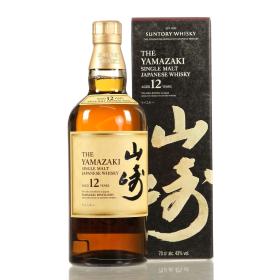


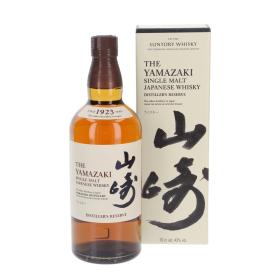

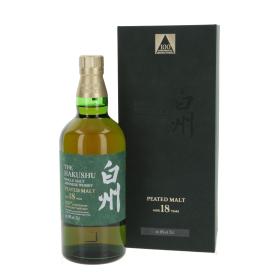


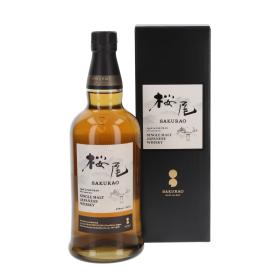

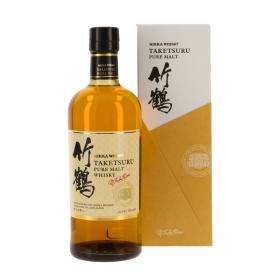


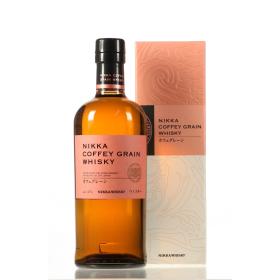

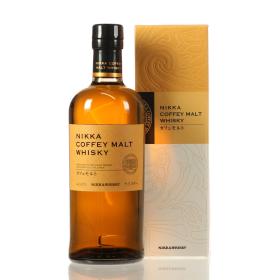



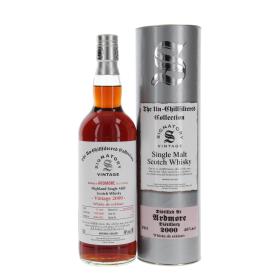


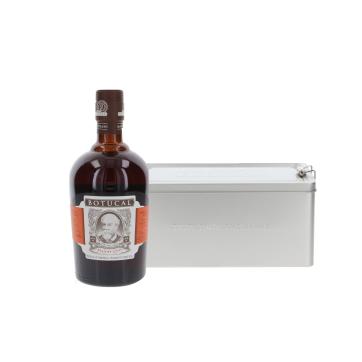
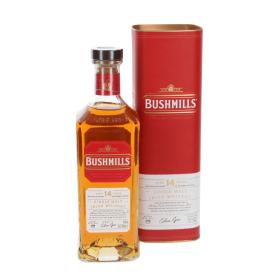
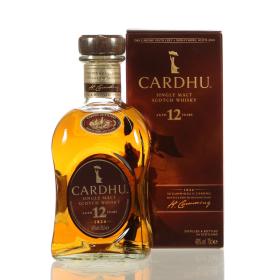
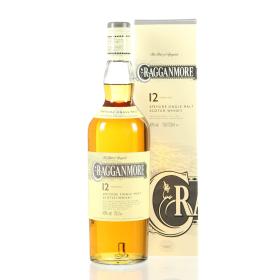
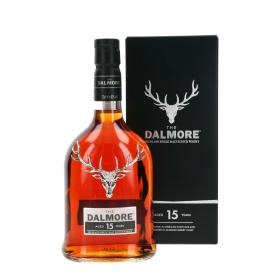


To comment, you must be logged in